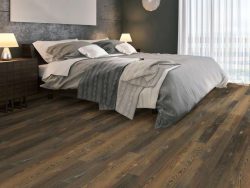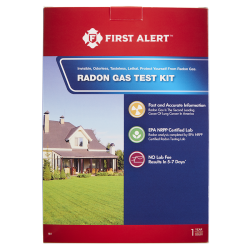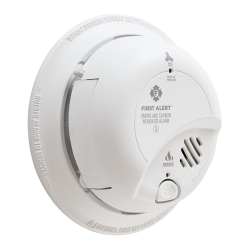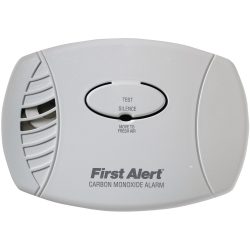CARBON MONOXIDE
Carbon Monoxide (Known as CO – its symbol on the periodic element table) is found in fumes produced any time you burn fuel in cars or trucks, small engines, stoves, lanterns, grills, fireplaces, gas ranges, or furnaces. CO can build up indoors and poison people and animals who breathe it.
The most common symptoms of CO poisoning are headache, dizziness, weakness, upset stomach, vomiting, chest pain, and confusion. CO symptoms are often described as “flu-like.” If you breathe in a lot of CO it can make you pass out or kill you. People who are sleeping or drunk can die from CO poisoning before they have symptoms.
It is now State Law in Wisconsin for residences to have installed Carbon Monoxide Detectors, IF the structure contains a gas heater or appliance, fireplace, or attached garage. There must be one unit on each level of the dwelling, including the basement.
How can I prevent CO poisoning in my home?
Install a battery-operated or battery back-up CO detector in your home and check or replace the battery when you change the time on your clocks each spring and fall. Place your detector where it will wake you up if it alarms, such as outside your bedroom. Consider buying a detector with a digital readout. This detector can tell you the highest level of CO concentration in your home in addition to alarming. Replace your CO detector every five years.
Have your heating system, water heater, and any other gas, oil, or coal burning appliances serviced by a qualified technician every year.
Do not use portable flameless chemical heaters indoors.
If you smell an odor from your gas refrigerator have an expert service it. An odor from your gas refrigerator can mean it could be leaking CO.
When you buy gas equipment, buy only equipment carrying the seal of a national testing agency, such as Underwriters’ Laboratories.
Make sure your gas appliances are vented properly. Horizontal vent pipes for appliances, such as a water heater, should go up slightly as they go toward outdoors, as shown below. This prevents CO from leaking if the joints or pipes aren’t fitted tightly.
Have your chimney checked or cleaned every year. Chimneys can be blocked by debris. This can cause CO to build up inside your home or cabin.
Never patch a vent pipe with tape, gum, or something else. This kind of patch can make CO build up in your home, cabin, or camper.
Never use a gas range or oven for heating. Using a gas range or oven for heating can cause a build up of CO inside your home, cabin, or camper.
Never burn charcoal indoors. Burning charcoal – red, gray, black, or white – gives off CO.
Never use a portable gas camp stove indoors. Using a gas camp stove indoors can cause CO to build up inside your home, cabin, or camper.
Never use a generator inside your home, basement, or garage or less than 20 feet from any window, door, or vent.
When using a generator, use a battery-powered or battery backup CO detector in your home.




